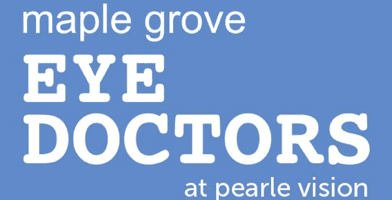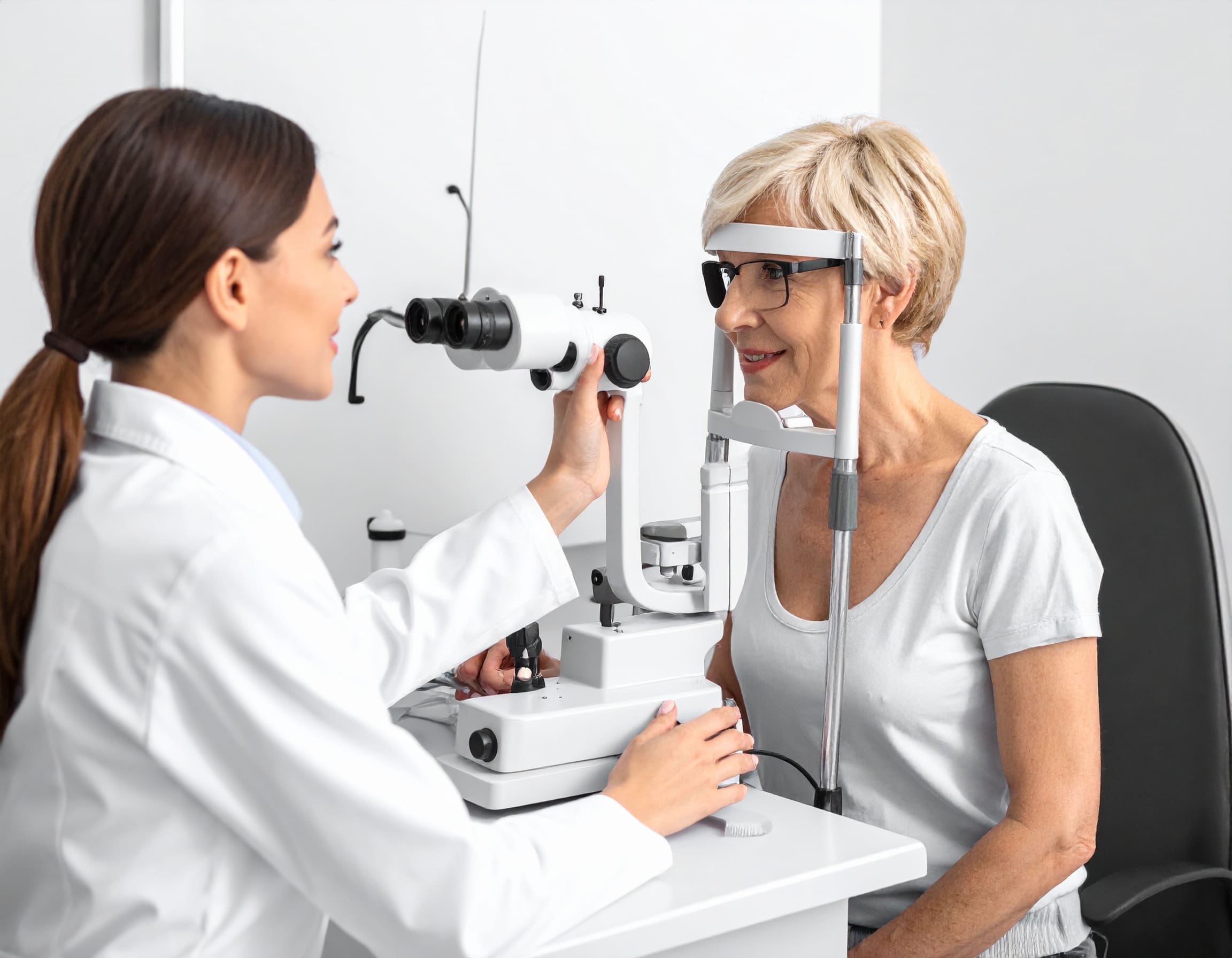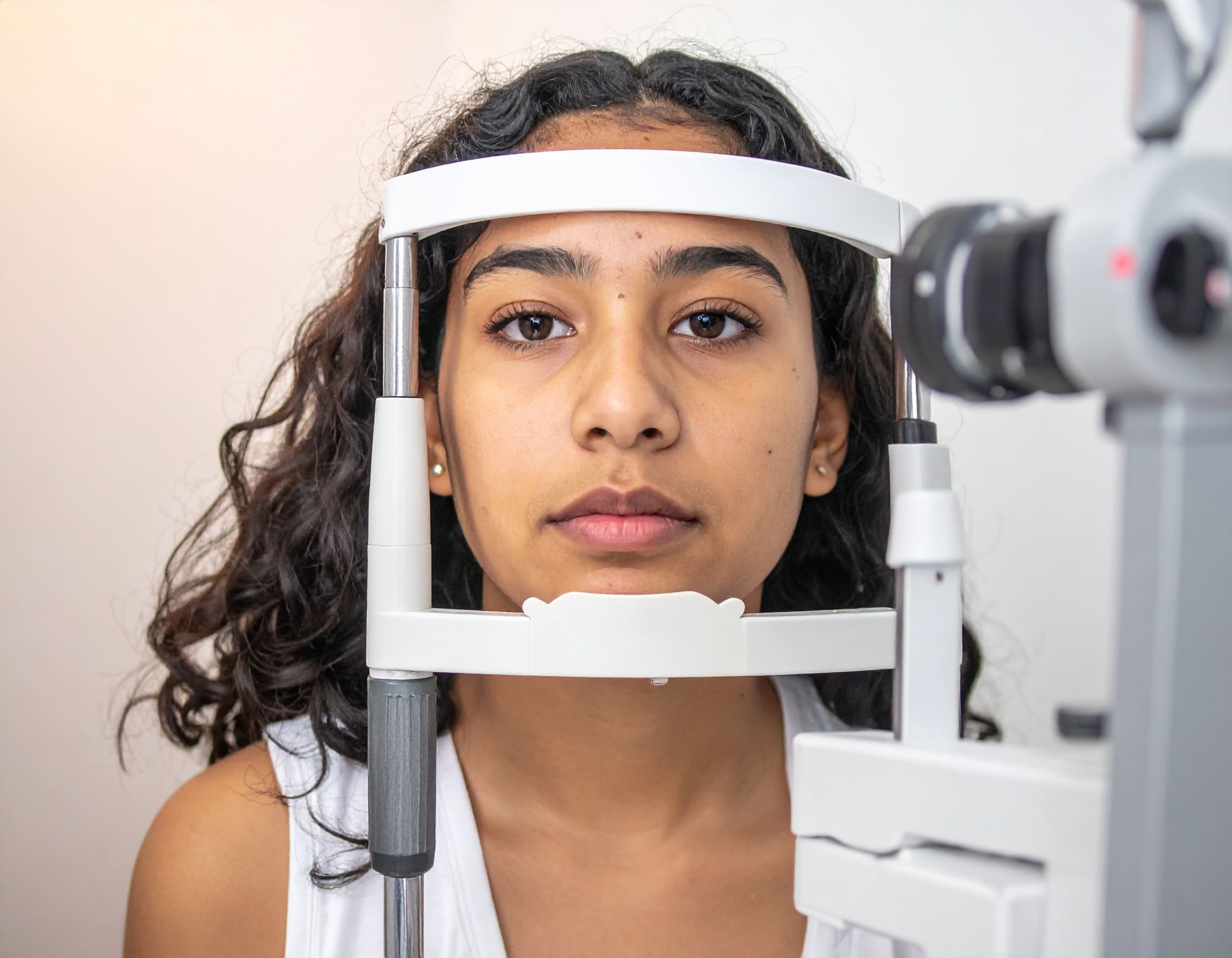What Happens If Myopia Is Left Untreated?
Myopia or nearsightedness is an epidemic today. It affects millions around the world. The condition progresses with age and can lead to more serious visual complications later in life. Uncorrected myopia can reduce your quality of life. Here’s more about this refractive error so you can take appropriate decisions for your eye health.
What is Myopia?
Myopia is a refractive error that impacts your ability to see any objects at a distance. It results in your eyeballs getting elongated or the cornea curving too much. It causes light to refract improperly and leads to visual disturbances. The condition often begins in childhood, and you can see kids squinting, blinking, rubbing their eyes frequently, sitting too close to screens, and unaware of distant objects.
Myopia keeps progressing up to adulthood with symptoms like persistent headaches, difficulty reading or driving, and blurry vision. Generally, myopia would stop worsening between 20 to 30 years of age. You would still require glasses and contacts or you can undergo surgery to treat the condition.
When it reaches a higher level (also called High Myopia), your eye structure gets significantly compromised, increasing the risk of numerous eye diseases. Simple myopia between -0.25 to -3.00 diopters doesn’t increase your risk of additional eye problems. It is high myopia with -5.00 to -6.00 diopters that leads to the following issues…
Risks of Untreated Myopia
Myopia starts small. If left unresolved, it can interfere with your eye health, emotional well-being, and social happiness. In fact, myopia is predicted to become one of the leading causes of permanent blindness in the future. Here are five ways unaddressed myopia can hold you back in life:
1. Retinal Detachment
This is an emergency as the retina at the back of your eye detaches from its position. When this happens, the retina cells separate from the blood vessels that provide them the needed nourishment and oxygen. If you have myopia and also observe a sudden appearance of floaters, flashes of light, or a curtain-like shadow in your eyes, it’s time to seek help immediately.
2. Glaucoma
Glaucoma is a group of conditions that damage the eye’s optic nerve. You might not notice any visible symptoms until glaucoma progresses to advanced stages. If you have myopia and notice severe eye pain, pressure, headaches, blurry vision, and blind spots, it’s time to get your eyes checked.
3. Early Cataract
High myopia increases your risk of early cataracts. It’s a condition that forms a cloudy film in your eyes and affects your vision clarity. It might progress gradually but can get heavily impaired in no time. See a doctor if you’re myopic and start noticing double vision, sudden eye pain, and flashes of light.
4. Macular Degeneration
Severe nearsightedness can lead to permanent degenerative changes to the retina. It stretches and damages the macula due to the elongation of the eyeball, causing vision loss in the center of the eye. The onset of myopic macular degeneration is slow, but it’s a sight-threatening problem that requires immediate medical attention.
5. Worsening Vision
High myopia can severely impact your vision and lead to blindness. Studies around the world suggest that the potential risks associated with myopia can lead to loss of sight. This makes it essential to manage myopia and preserve your vision for long. Schedule regular eye checkups to keep up with your eye health.
Does Untreated Myopia Impact Quality Of Life?
Uncorrected myopia can certainly affect your life quality. Besides relying on eyeglasses or contact lenses, there can be other inconveniences. Difficulty seeing faraway objects, frequent headaches, excessive eyestrain, and light sensitivities are all part of having myopia. Since it’s genetic, you could also pass it on to your kids. With care and proper management, you can address your concerns and lead a life free from visual complications.
Myopia Management
Since myopia develops in childhood, if you have any kids under the radar, schedule their eye exam now. Since myopia develops in childhood, it is best to see if you have any kids on the radar and schedule their eye exams now. This will catch their issues early on and help your eye doctor decide the right course of action for the child. Myopia management is more effective in early life stages than adulthood. Prescription eye drops, overnight contacts, and soft lenses are standard myopia management techniques.
While these can help kids, they won’t suffice the needs of adults with myopia. Your eyes don’t grow as much in adulthood, and your myopia will likely stabilize. Your eye doctor would recommend using eyeglasses and contacts along with eye drops and eye exercises to see more clearly. Adults can also benefit from laser surgeries.
Whatever option you choose, discuss the pros and cons with your doctor and make an informed decision. If you suspect you have myopia or fear its long-term after-effects, seek help now. The team at Maple Grove can offer comprehensive eye exams and effective myopia management to help you maintain clear, healthy vision. Call (763) 416-0622 to book an appointment today.






